Understanding Illustrator File Formats
Understanding Illustrator file formats such as AI, PDF, SVG, or EPS can save you some headaches down the line.
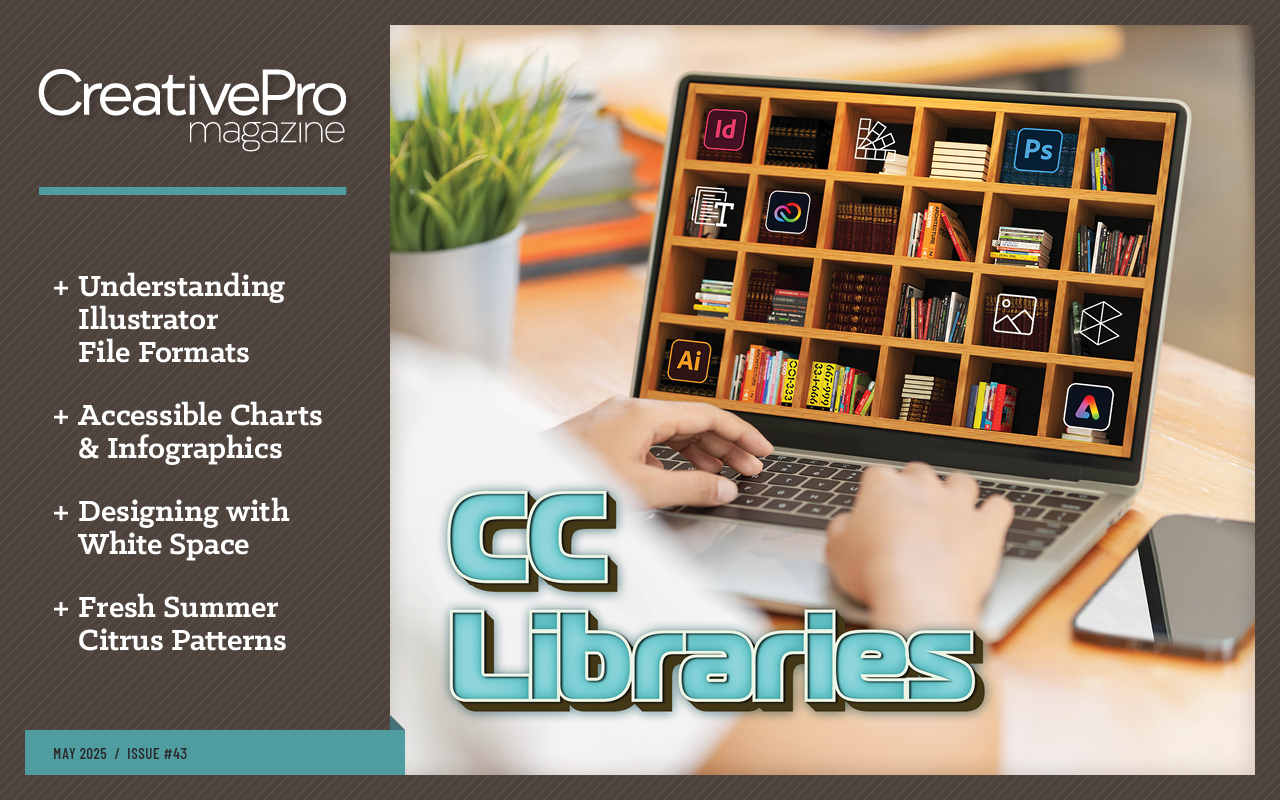
This article appears in Issue 43 of CreativePro Magazine.
One of the most basic and important things you can do in Illustrator is to save your file so you can continue working later or pass it to someone else who needs it. For your own work, the native file formats are often sufficient: AI and AIC (for saving to the cloud) support all the intricate features you put into the artwork.
But if that’s the case, you might wonder, why does the Save As dialog box offer a Format menu of other choices (Figure 1), and what about the Options dialog box that appears next? This is where the basic can get complicated—especially when you or your coworkers try to reopen the saved file and find it uneditable. Don’t just scream your frustration into the void, read on to learn the advantages and limitations of the various settings, as well as tips for avoiding trouble spots.

Figure 1. Start here: the Save As dialog box
AI File Options
Let’s start at the beginning with the native Illustrator file format. The first option in the Illustrator Options dialog box is Create PDF Compatible File. If you want to place your AI file in InDesign, turn that on (Figure 2).

Figure 2. If you turn on the Include Linked Files option, Illustrator will embed them in the AI file. Even if you leave the option off, Illustrator will embed the linked files in the PDF part of the file—as long as they are on an artboard.
This option embeds a second file into the AI file: a PDF into which Illustrator further embeds the fonts and images (in
uncompressed form) that you used in your document (Figure 3). Elements located off your artboard are not included in the PDF, however. This can become important when you have to use the PDF part of the file as a last resort after a bad incident.

Figure 3. Here’s what happens to various parts of a saved file when Create PDF Compatible Files is on, but Include Linked Files is off. Note that when the file is placed, the embedded font is visible but not available for text editing.
When you place your AI file in InDesign or open it in Photoshop, Acrobat, Affinity Designer, or anywhere else, what actually gets placed or opened is this PDF part of the file. If you turn off Create PDF Compatible File, then no hack can convince the other app to open the file, and you’ll see a message like Figure 4 instead of your hard work. Nor will you be able to preview the file using Quick Look on macOS.

Figure 4. When you place an AI file that does not have a PDF embedded, you’ll see this error message.
PDF File Options
When you select Adobe PDF from the Format menu in the Save As dialog box, the Save Adobe PDF dialog box offers you the option to Preserve Illustrator Editing Capabilities (Figure 5), which is similar to the AI format’s Create PDF Compatible File.
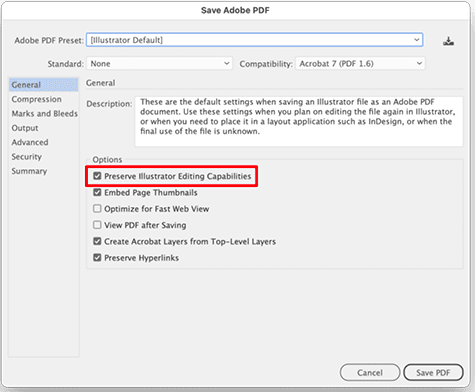
Figure 5. Adobe PDF options with the Illustrator editing setting turned on
Again, it doesn’t change the objects, it just embeds an AI file into the PDF. If you choose the PDF/X preset, however, the option is disabled, because private data forks are not allowed in the PDF/X format. Meanwhile, you should be aware that the new Preserve Hyperlinks option preserves links applied to objects only, not words in the text. (Note: When saving the PDF for production, sometimes Save A Copy can be safer, because you won’t accidentally apply a last-minute edit to the PDF you just exported.)
When you open a PDF with Illustrator editing capabilities preserved, everything looks like a native file in Illustrator, because it is native. The exception is when you open the file in an earlier version than you used to create it. In that case, Illustrator cannot use the embedded AI file, and you get the PDF instead—plus a warning message (Figure 6). Click OK to import the PDF, and then save it as an AI file.

Figure 6. If you save a PDF with Illustrator editing capabilities preserved in current version (2025), then try to open it in an older Illustrator version (say, 2024), you’ll see this error message.
SVG File Options
When you save in SVG format, the SVG Options dialog box also offers the Preserve Illustrator Editing Capabilities option. Because SVGs usually should be as small as possible, however, turning it on doesn’t make sense (Figure 7).
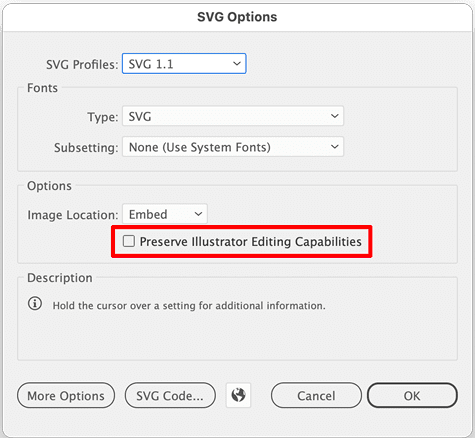
Figure 7. For SVG files the Preserve Illustrator Editing Capabilities setting is turned off by default. Also, it is present only when you use Save As, not when you use Export For Screens.
It makes even less sense when thinking about the development process. Usually, SVGs are handed to developers who then put their own code into them: styling, interactivity, even animation. Many of the applications they use will discard the private AI data when opening the file, then the things they add will be in the SVG part of the file only. If you later open the file in Illustrator again, all the extra coding will be lost. Illustrator doesn’t warn you that an SVG has changed and differs from the AI part. For this reason, SVG is not a suitable format for roundtripping from Illustrator and other apps. If you do opt for SVG, however, click More Options, then increase the Decimals setting. Otherwise the curves might get wonky.
EPS File Options
Decades ago, EPS development stopped at version 3 of Illustrator. Most of your settings choices in the EPS Options dialog box relate to the compatibility of the embedded AI file. Only the Version menu affects the EPS file itself; if you do not want to embed an AI file, select Illustrator 3 EPS (Figure 8).

Figure 8. EPS options dialog box with Version menu
There aren’t a lot of valid reasons for saving EPS files, but a few linger. Microstock companies still ask for it, and some very old printing equipment, such as used to engrave logos, might understand EPS format only. For a logo package possibly destined to meet one of these legacy machines, you should save an Illustrator 3 EPS—plain EPS with no private AI data embedded.
To keep AI data, such as brushes and strokes, live and editable when saving down to legacy formats, use current features judiciously. For example, if you need to save to Illustrator 10 EPS, steer clear of:
- Aligning strokes to outside or inside
- Aligning dashes to corners
- Variable-width strokes and arrowheads
- The “beautiful corners” option in art brushes
- Stretching between guides in art brushes
- Automatic corners in pattern brushes
To find out what Illustrator does to other objects when saving down, see my blog article on saving legacy files.

Saving RGB EPS
If you are preparing logo files for a very broad user base, then you might need to save RGB versions of the logo as an EPS. This doesn’t make a lot of sense—above all because EPS doesn’t support ICC color management—but if you do need RGB versions, do not turn on Include CMYK PostScript In RGB Files in the EPS Options dialog box. This option creates a file in which the Illustrator part of the file is still in RGB color mode but the EPS part is CMYK. Especially avoid this option if your file contains transparency effects and blend modes.
Test for compatibility
How do you test the EPS you are saving? When you try to reopen it, Illustrator looks for the embedded AI file and opens that—of course everything looks fine! To check out the actual EPS, you have to force Illustrator to use the EPS by creating a new Illustrator file and then placing the EPS in that. When you use this method, you force Illustrator not to use the AI part of the file. The same technique works with PDF files and legacy AI formats.
Commenting is easier and faster when you're logged in!
Recommended for you
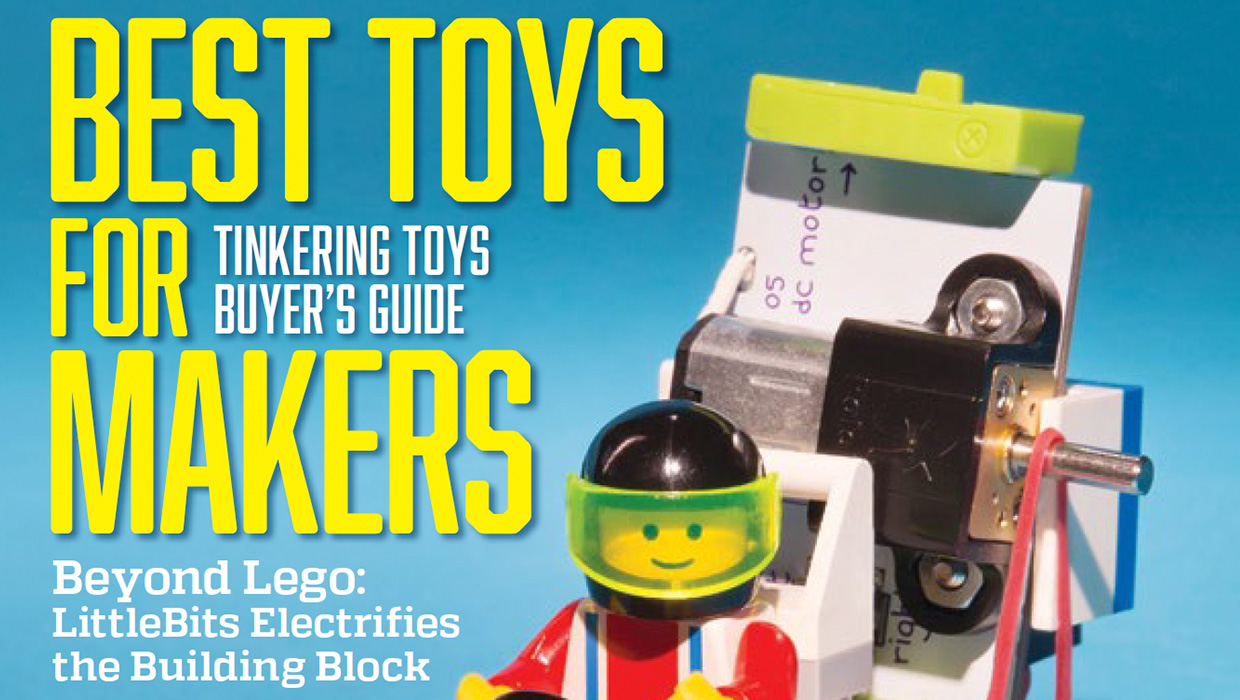
InDesigner: Make: Magazine
Pam Pfiffner profiles Make:,the essential publication for the maker movement.
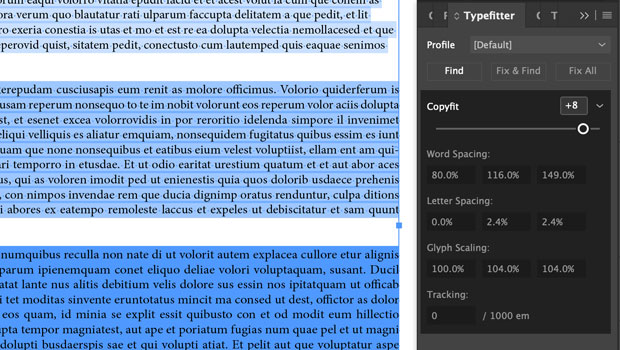
InReview: Typefitter 5
The latest version of this venerable plug-in from Typefi gives you unparalleled...
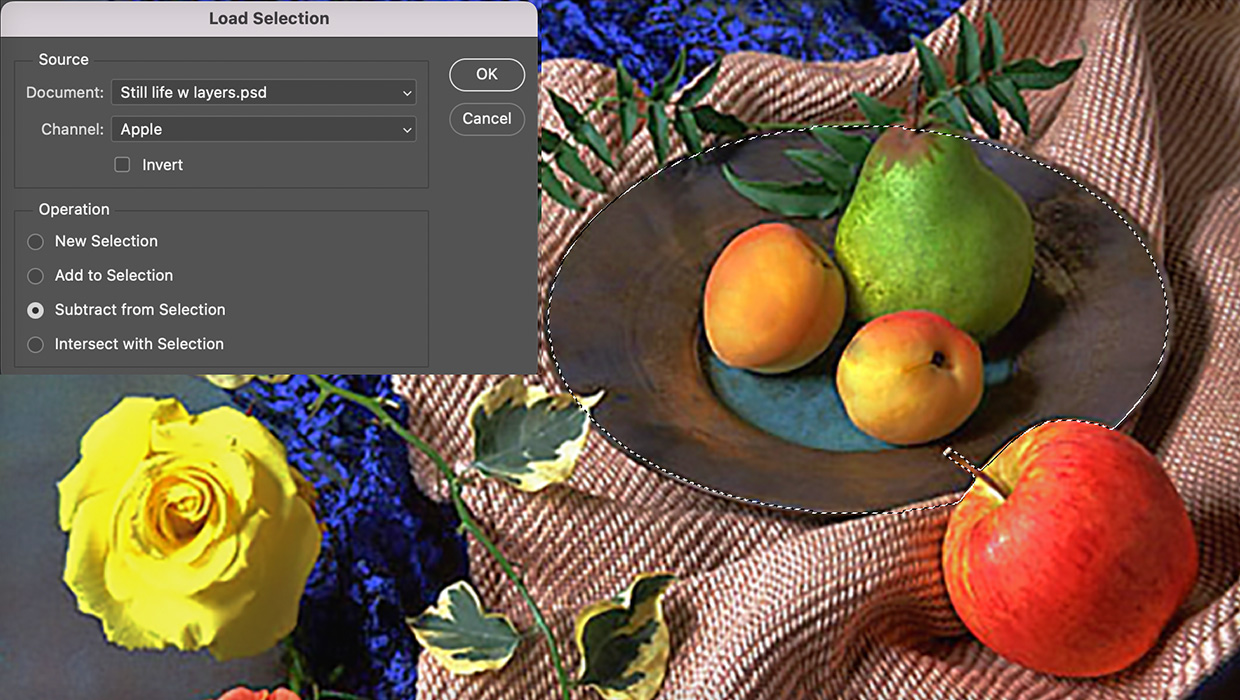
Saving Selections with Channels in Photoshop
Increase your speed and creative options by using channels to save your precious...



